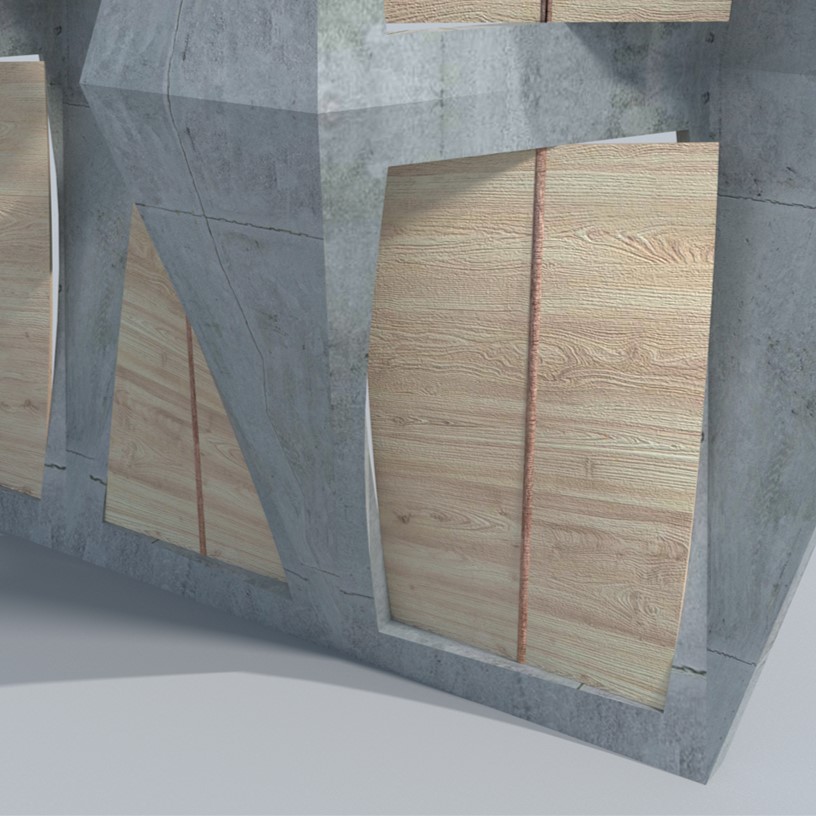Hygromorphic Rotational Actuator
![]()

Inspired by phenomena in the plant world, a meteoro-sensitive rotational
actuator is developed. The design uses a hygro-active shell, whose
water-based swelling is restricted at selective locations to form a
helicoid structure. The influence of geometrical parameters on the
performance is investigated using a numerical analysis of various
geometries, by looking at resulting rotation and torque during this
rotation. Prototypes are built of five key geometries in the design
space, to validate the simulations and to investigate the behaviour of
the design experimentally. These prototypes are submerged in water to
investigate their deformation, after which they are placed in a torsion
machine to investigate the torque during rotation. The experiments
result in similar rotations and torques as the simulations. The designed
Hygromorphic Rotational Actuator is capable of passively rotating its
own structure, thereby expanding the possibilities of engineers and
designers when designing passive autonomous systems.
This research was published in Smart Materials & Structures
Joosten, S., Radaelli, G., & Vallery, H. (2020). Passive autonomy: hygromorphic rotational actuators. Smart Materials and Structures, 30(2).
This research was published in Smart Materials & Structures
Joosten, S., Radaelli, G., & Vallery, H. (2020). Passive autonomy: hygromorphic rotational actuators. Smart Materials and Structures, 30(2).


